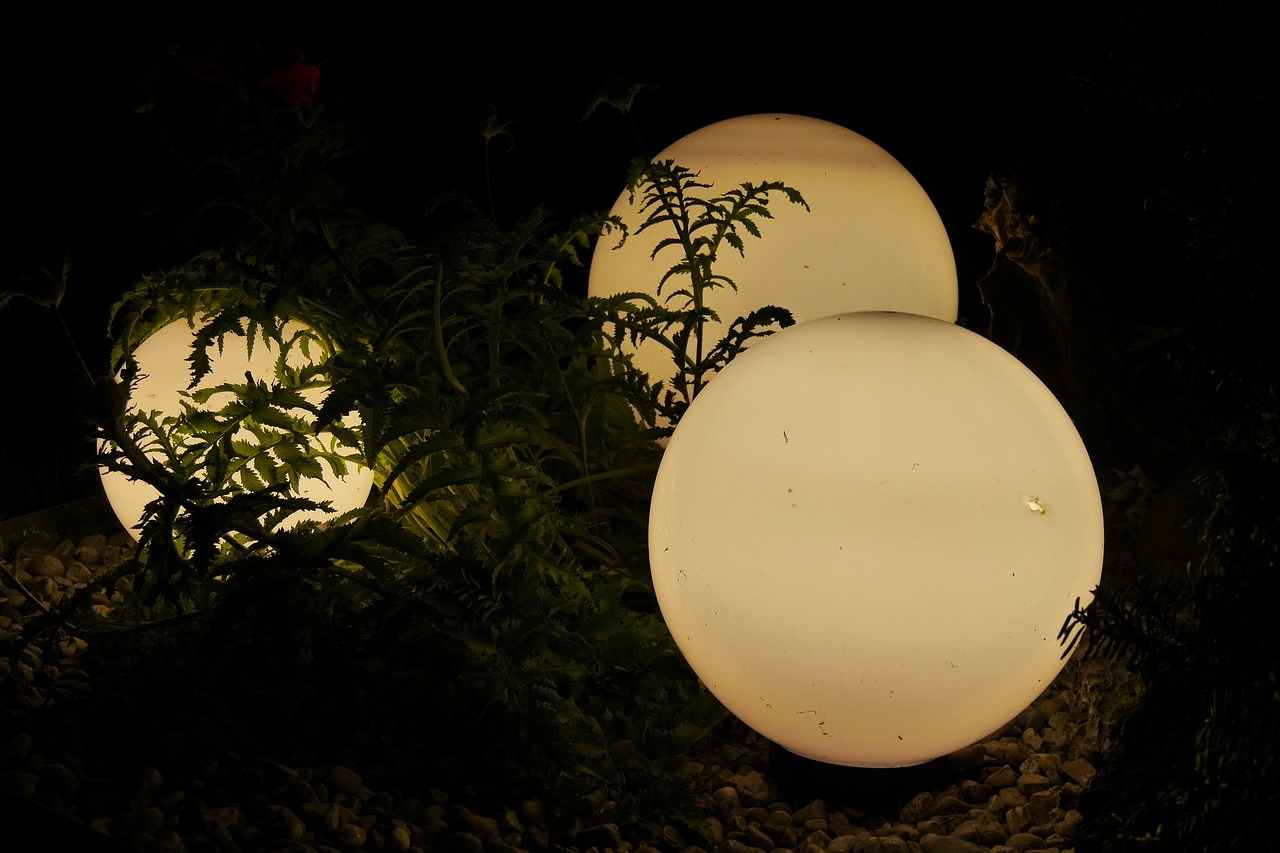- Product Knowledge
Outdoor Lighting Control Options: From Traditional to Smart Technology
Hiring an outdoor lighting professional can transform your property, enhancing its beauty, safety, and functionality. However, finding the right expert for the job requires careful consideration and the right questions. This article outlines the essential questions to ask before hiring an outdoor lighting professional to ensure you make an informed decision.
Introduction to Outdoor Lighting Control Options

Importance of Outdoor Lighting
Outdoor lighting is essential for creating a welcoming and safe environment around your home or business. It highlights architectural features, illuminates pathways, and enhances security by deterring intruders. Effective control of outdoor lighting ensures that your space is well-lit when needed and conserves energy when not in use.
Overview of Control Options
There are various ways to control outdoor lighting, from manual switches and timers to advanced smart technology. Each option has its own set of benefits and applications, making it important to understand which one best suits your requirements.
Traditional Outdoor Lighting Controls
Manual Switches
Manual switches are the simplest form of lighting control. They require you to physically turn the lights on and off. While straightforward, manual switches can be inconvenient, especially for large properties or areas that require consistent lighting schedules.
Timers
Timers allow you to set specific times for your outdoor lights to turn on and off. This automation is more convenient than manual switches and ensures that your lighting operates on a regular schedule. Timers can be mechanical or digital, offering varying degrees of precision and flexibility.
Photocells
Photocells, or light sensors, automatically turn lights on at dusk and off at dawn by detecting the ambient light levels. They are highly convenient for maintaining consistent lighting and are energy-efficient, as they only operate when necessary. Photocells are often integrated into outdoor lighting fixtures, making them easy to install and use.
Smart Outdoor Lighting Technology
Features and Benefits
Smart outdoor lighting technology offers advanced control options that go beyond traditional methods. These systems can be controlled remotely via smartphone apps, allowing you to adjust your lighting from anywhere. Features include scheduling, dimming, color changing, and integration with other smart home devices.
Types of Smart Controls
Smart lighting controls can include Wi-Fi-enabled switches, smart bulbs, and dedicated lighting hubs. These systems often integrate with popular smart home platforms such as Amazon Alexa, Google Assistant, and Apple HomeKit, providing seamless voice control and automation.
Advantages of Smart Outdoor Lighting
Convenience and Automation
Smart lighting systems offer unparalleled convenience and automation. You can easily create schedules, set scenes, and adjust settings remotely. Automation features, such as geofencing, can turn your lights on when you arrive home and off when you leave, without any manual intervention.
Energy Efficiency
Smart lighting systems are designed to be energy-efficient. They allow for precise control over lighting schedules and intensity, reducing unnecessary energy consumption. Some systems even provide energy usage reports, helping you monitor and optimize your energy use.
Enhanced Security
Smart outdoor lighting enhances security by integrating with motion sensors and security cameras. These systems can send alerts to your phone when motion is detected, and automatically turn on lights to deter potential intruders. You can also simulate occupancy when you are away, making it appear as if someone is home.
How to Choose the Right Lighting Control System
Assessing Your Needs
Start by assessing your specific lighting needs. Consider the size of your property, the areas that require lighting, and the level of control you desire. For example, large properties may benefit more from automated and remote-controlled systems.
Considering Your Budget
Budget is an important factor when choosing a lighting control system. Traditional controls like timers and photocells are generally more affordable, while smart systems can be more expensive but offer greater flexibility and features.
Future-Proofing Your System
Consider future-proofing your lighting system by choosing controls that can be easily upgraded or integrated with other smart home devices. This ensures that your system remains functional and relevant as technology evolves.
Installation and Maintenance Tips
Professional vs. DIY Installation
Decide whether you want to install the lighting control system yourself or hire a professional. While DIY installation can save money, professional installation ensures that the system is set up correctly and safely. For complex smart lighting systems, professional installation is often recommended.
Regular Maintenance Practices
Regular maintenance is essential to keep your outdoor lighting system in optimal condition. This includes cleaning the fixtures, checking for damaged components, and updating software for smart systems. Regular maintenance ensures that your lighting system continues to operate efficiently and reliably.
Frequently Asked Questions
The main types include manual switches, timers, photocells, and smart lighting systems. Each offers different levels of convenience, automation, and energy efficiency.
Smart technology allows for remote control, automation, energy monitoring, and integration with other smart devices. This enhances convenience, efficiency, and security.
Yes, smart lighting systems are designed to be energy-efficient. They offer precise control over lighting schedules and intensity, reducing unnecessary energy use.
Consider your specific lighting needs, budget, and the potential for future upgrades. Assess the size of your property and the level of control and automation you desire.
Yes, traditional and smart lighting controls can be integrated. For example, you can use smart switches to control traditional lights, combining the benefits of both systems.
Choosing the right outdoor lighting control system can significantly enhance the beauty, safety, and efficiency of your property. Whether you prefer traditional methods or advanced smart technology, understanding your options and assessing your needs will help you make an informed decision. Implementing the right system ensures that your outdoor space remains well-lit, secure, and energy-efficient.



